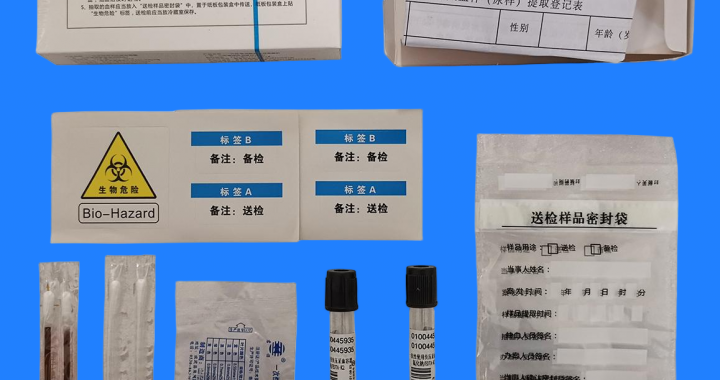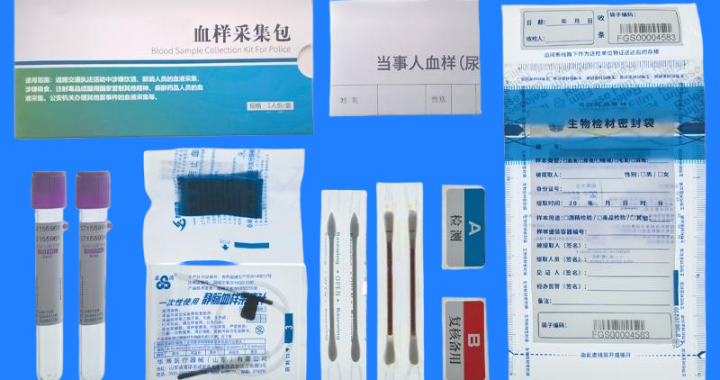Healthcare institutions implement standardized workflows for drug abuse detection to ensure accurate, timely, and legally defensible results. The workflow includes patient consent, sample collection (urine, saliva, or blood), rapid screening using immunoassay kits or analyzers, confirmatory testing via GC/MS or HPLC, and secure result documentation. Standard protocols reduce errors, maintain confidentiality, and ensure compliance with medical and regulatory standards. Integrating data management and staff training enhances efficiency and patient safety while supporting early intervention and treatment planning.
Features:
-
Standardized sample collection and testing protocols
-
Rapid screening and confirmatory analysis
-
Secure documentation and data management
-
Supports early intervention and regulatory compliance
Scope / Applications:
-
Hospitals, clinics, and healthcare facilities
-
Patient monitoring and drug abuse prevention
-
Workplace and occupational health screening
-
Integration with treatment and counseling programs

